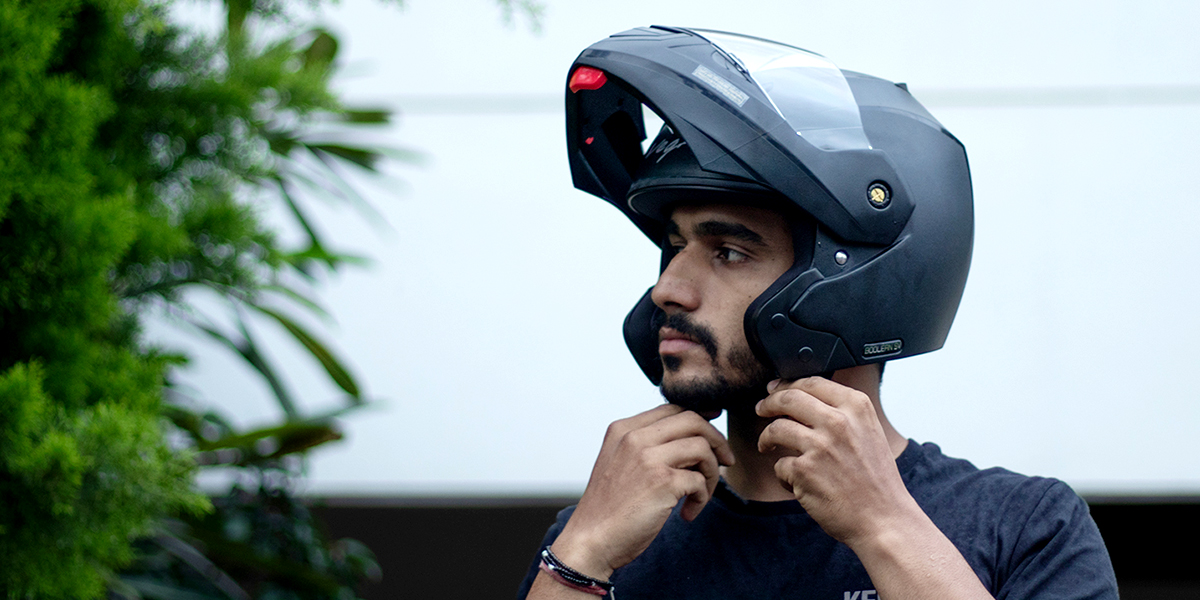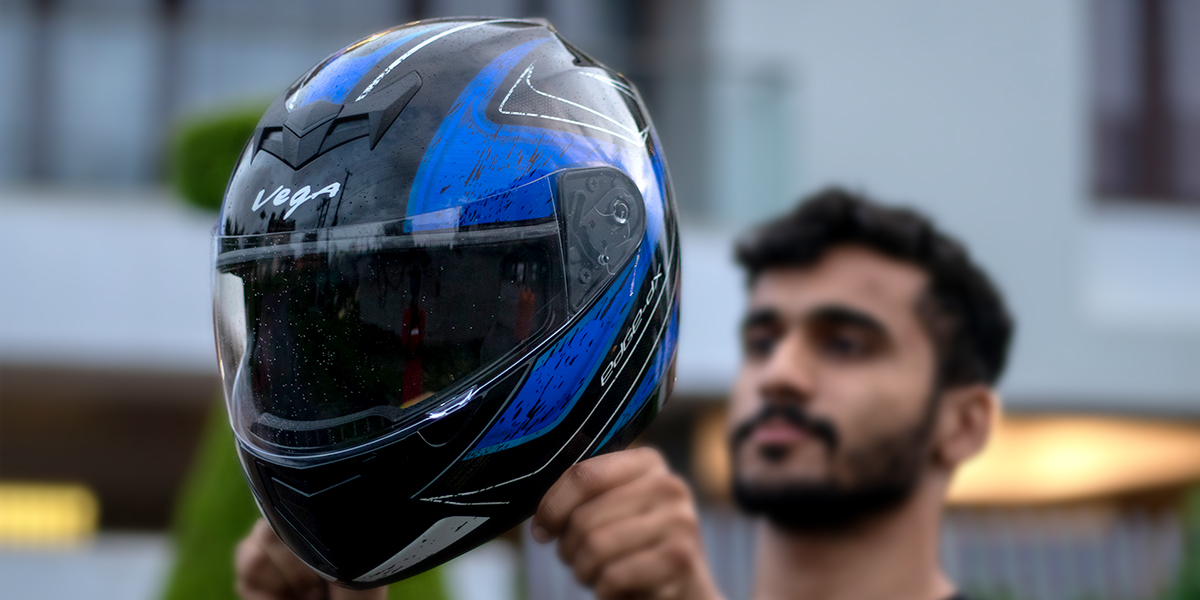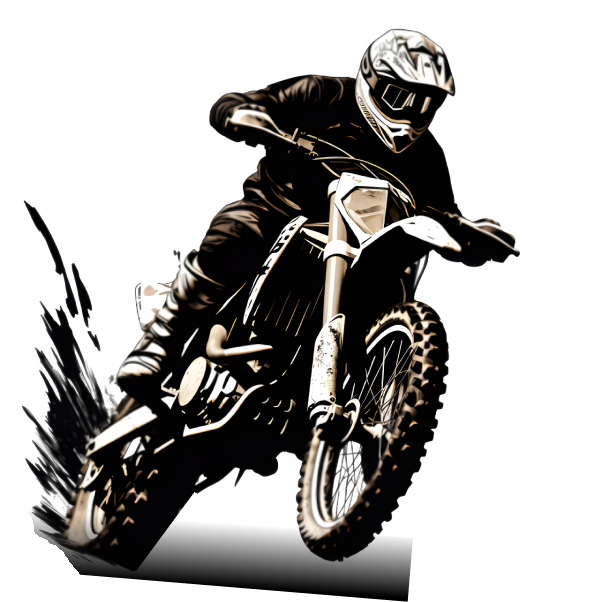
Five key features to look for while buying your new helmet
- -
Riding a bike offers significantly more safety and protection compared to driving a car, making it a practical choice. When it comes to bike safety equipment, the essentials typically include a helmet, long pants, and closed shoes as a general guideline.
For individuals who ride motorcycles on a daily basis, wearing a helmet is just as crucial as any other accessory or component of the motorcycle. While it is technically possible to ride a bike without a helmet, it is not safe to do so. The right helmet will effectively shield you from various hazardous conditions, while the wrong one can turn even a short 10-minute ride into an uncomfortable experience.
Therefore, it is highly recommended to approach the purchase of a helmet with utmost care and consider important factors. In this regard, we have outlined a few fundamental elements that can assist you in choosing the appropriate helmet for your needs.
- Focus on your head shape and size :
Each person has a slightly different head shape, so helmets are available in various shapes such as round oval, intermediate oval (the most popular), and long oval. It is important to determine your actual head shape rather than focusing on your face shape when purchasing a helmet. A properly fitting helmet should not exert pressure on the wrong parts of your head. Always wear your helmet and pay attention to its pressure points to avoid injury.
- Adherence:
A well-fitting helmet should stay securely on your head even in unfavourable conditions, while ill-fitting helmets become unnecessary weight. To check retention, fasten the helmet strap and try to pull it off from the back. If it easily comes off, adjust the strap. If it still doesn’t stay in place, it is not the right helmet for you. Retention issues are common with half-faced and modular helmets, so it is important to check the helmet’s fit before purchasing.
- Visor:
The visor is an important aspect of a helmet and should provide a transparent view for clear vision. Avoid smoked or mercury-tinted visors as they hinder visibility. Opt for an anti-fog and anti-scratch visor, which is a wise investment for additional budgetary consideration.
- Appropriate Cushioning:
Helmets are designed to protect your skull in unfortunate incidents, and proper cushioning plays a crucial role in this. Ensure that the helmet has adequate cushioning to absorb impact effectively. The inner surface should not be flat, as it may compromise the intended protection.
- Ventilation:
Helmets today generally offer good ventilation, but it’s advisable to consult the best-vented helmets list for assurance. Look for a helmet with a chin vent, one or two forehead vents, and exhaust vents. These features facilitate airflow over the scalp. Ensure that all front vents can be closed, and the chin bar vent should effectively direct air over the visor to prevent fogging.
CONCLUSION:
Safety is paramount when riding a bike, and helmets come with various safety ratings depending on your location. When purchasing a helmet, it is advisable to choose those with DOT/ECE approval, as they are safe and road legal. If you desire even higher safety protection, look for helmets with quality certifications. Vega, a brand that combines safety with fashion, offers Designer Head Gear that has undergone stringent quality checks by the Bureau of Indian Standards IS-4151, DOT, and ECE. Use your judgement to select a helmet that prioritises safety and style. Consider Vega, where safety and fashion converge.

VEGA and AXOR organized a vibrant bike rally on the auspicious occasion of Independence Day, commemorating the nation’s 75 years […]

VEGA is the proud legatee of the Most Preferred and Trusted Brand Award in the helmet industry from The Times […]

With an impressive representation of over 2000 female employees, VEGA and Axor proudly embody a corporation that values and celebrates […]

For all the biking enthusiasts out there, passion alone is insufficient to fully embrace and enjoy the world of biking. […]

When passion meets profession, the bond formed becomes limitless. A bike is more than just a vehicle; it embodies an […]

As things are gradually getting back to normal, it’s the perfect time to embrace a lighter approach to life. And […]


